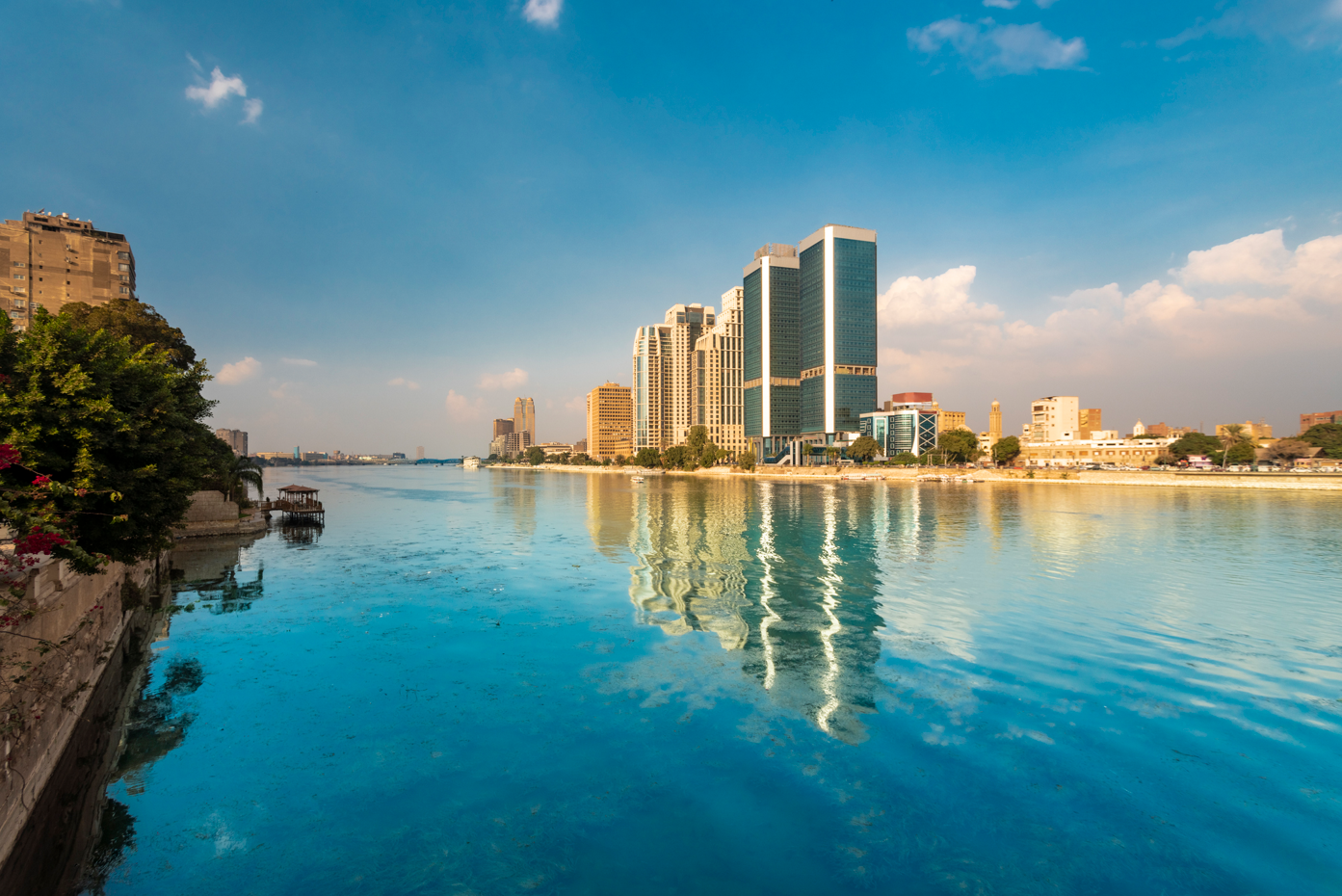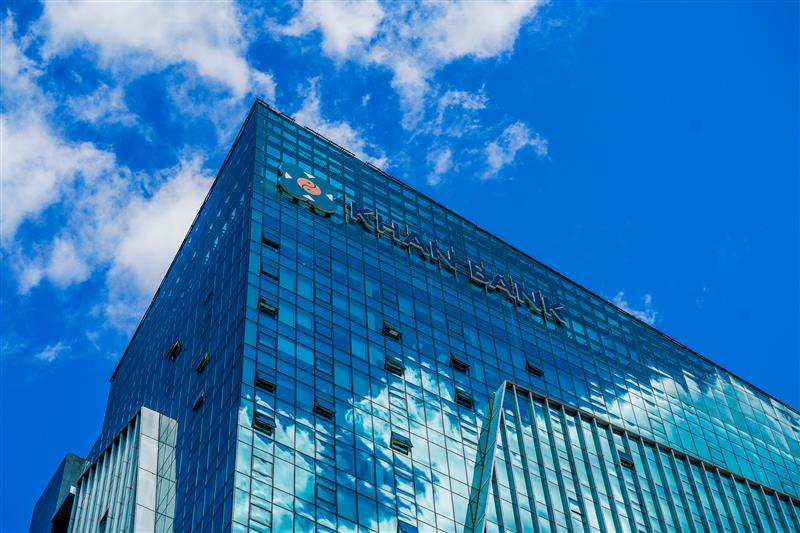vf-banner-Lebanon-780.jpg
1. Default
Lebanon needs to substantially reduce its gross public debt, which stands around $85 billion; with ongoing political and economic stagnation, it can neither grow nor inflate out of the problem. Restructuring is the only option.
External debt is estimated at about 190% of GDP in 2018, according to the IMF’s most recent Article IV report. Of this, 77% is non-resident deposits with maturities of less than one year, while government debt accounts for 10% of external debt, of which roughly a third is held by foreign investors.
Access intelligence that drives action
To unlock this research, enter your email to log in or enquire about access




